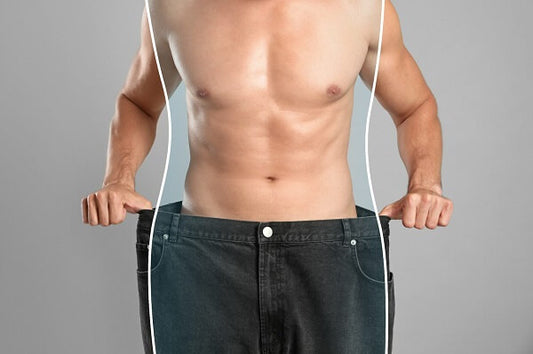Share
Now let’s talk about exercise. We wanted to make this series about exercise and is there a better time to exercise?
And certainly, there are two times in the day that are really good to exercise. First of all, it’s really, really great if you can exercise and burn calories on an empty stomach. So that would be in the morning before you break your fast, right before you have breakfast.
If you’re just starting up, then certainly you start with a 10-minute warmup where you can get to the point of wanting to sweat. In that next second 10 minutes, you can actually get some sweating in and releasing some toxins, and building some muscle.
And depending on what you’re eating and how you’re eating, there are really three major disciplines of diet. There’s the paleo keto version of the food. There’s the Mediterranean diet and there’s vegetarianism and veganism.
So in all those different modalities, any of them can work with intermittent fasting, and all of them should be designed and geared to stay away from processed food, food that comes in a wrapper, in a can, that’s been processed industrially, and it’s got a whole bunch of different ingredients that you can’t even pronounce.
Those are the things to shy away from and to restrict and limit and build up a tolerance and an appetite for natural food, for things that grow in the ground and animal protein, things like that.
With exercise, if you can do your exercise, especially the high-intensity interval training, the HIIT training, the best way to do that is on an empty stomach. You actually don’t feel hungry when you’re exercising because your juices are actually flowing.
All these other hormones take the place of the food cravings and the dynamic with our minds and what’s happening with our mouth, and then what’s happening with our stomach. So hunger really is not the problem. The problem is cravings.
Hunger, if you’ve studied the Bible, you know Jesus fasted for 40 days. Well, it’s actually not that difficult, if you can clear your mind, to do a one day or a two day or a three day or a four day fast.
Those are not hard to do once you get through the pivot point of saying, “Yes, I’m going to do this.” Then it’s actually pretty easy. The difficult thing is mentally getting over cravings. So there’s this neuro relationship with your physiology and the cravings that you may have that are actually catered to by industrialized food scientists. There are books about it. There’s a lot of studies done on the addiction to food, and that is a craving. So we’re going to differentiate between a craving and hunger.
And I’ll tell you right now, I’m going to put a seed in your mind. I’m going to plant a seed. It’s okay to be a little bit hungry. There’s no problem with that. If you’re in your 14th hour and you want to go to 18 hours of not eating, you can have a cup of tea. You can drink some water. I have a supplement drink called Cardio for Life.
It contains arginine with a whole bunch of other supplements that are good for the cardiovascular system. I drink that before I break my fast. It’s delicious and it gives energy. It’s arginine-derived nitric oxide, and that helps so many things in the body.
And especially it opens up the cardiovascular system, the arteries where blood flow is enhanced, and that’s what we want. We want really good blood flow. That is part of the whole exercise regimen and routine is to have good blood flow.
So timing with sleep, timing with food, intermittent fasting. You’re already intermittent faster, just you want to lengthen it a little bit if there’s a weight issue or if there’s a pre-diabetic or a diabetes issue that you’re wanting to get a handle on. These are really, really not difficult things to reverse and to get control of.
And I want to say something, to celebrate your body and to celebrate your physiology and who you are, I want you to be in control of yourself. I’m a food scientist, working for Nestle’s that devises a way for you to bet you can’t eat just one, and that type of thing. You want to be in control of who you are, what you do, and I really want you to get that point in, that exercise is about celebrating who you are, celebrating your body and what it can do, and the utility of being a fully functional human being.
It is such a privilege to have our body parts and to be able to move properly. And just talk to any veteran who’s lost limbs and you’ll know what I’m talking about.







